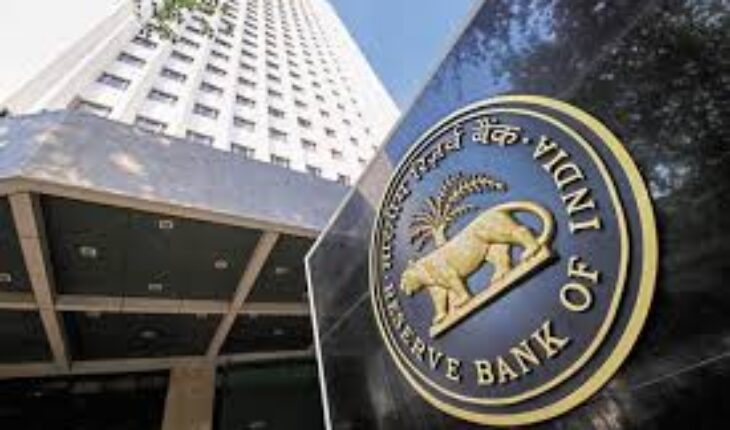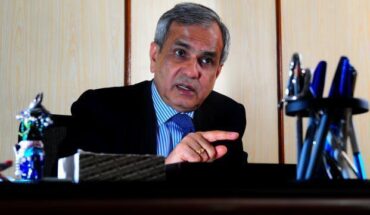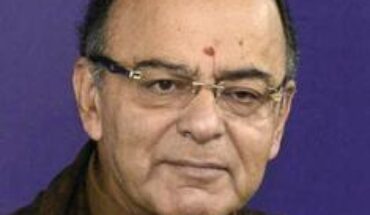India’s apex bank is likely to maintain status quo on key lending rate in its October 4 policy decision as it is “stuck in a conundrum” of low growth, mild inflation and global uncertainties, a SBI report said today.
The Monetary Policy Committee of the Reserve Bank reduced the key interest rate (repo) by 25 basis points to 6 per cent in August. The committee is scheduled to come out with next bi-monthly monetary policy decision on October 4, media reports said.
With country’s growth falling to a 3-year low of 5.7 per cent in the April-June quarter of 2017-18, the industry is demanding further cut in the repo rate, the reports said.
“On the eve of the forthcoming monetary and credit policy, the central bank is stuck in a conundrum of low growth, mild inflation, saving financialisation and external uncertainties. This will make the job difficult for the RBI on October 4,” the SBI Ecowrap in the report titled ‘RBI caught in a bind: Expect status quo on October 4, 2017’.
It reportedly said that against the background of flexible inflation targeting, the obvious question that arises is choosing between – the move towards the 4 per cent inflation target swiftly or staying in the inflation band.
“In hindsight if the central bank move towards the 4 per cent target in January 2018 as was suggested earlier, there would be limited room for rate cut in forthcoming policies,” it said, adding “for the record, we expect a status quo in the October policy”.
Retail inflation was 3.36 per cent in August and wholesale inflation was 3.24 per cent.
The report said there are other challenges too, like an uncertain global environment and weak growth.
“In particular, the external environment looks a little bit wobbly compared to what it was at the beginning of 2017,” it said.
As per the report, a notable feature of current capital flows is the continuing importance of external debt.
Total external debt stocks of developing countries (including India) and economies in transition are estimated to have reached USD 7.1 trillion in 2016, an overall increase of 80 per cent since 2009.
“No wonder, the rupee is currently witnessing depreciation pressures,” the SBI study said.
Further, there has been a financialisation of savings post demonetisation as gross financial savings has increased from 10.9 per cent of gross national disposable income (GNDI) in 2015-16 to 11.8 per cent of GNDI in the last fiscal, a climb of 90 bps, reported PTI.
“This has, however, also introduced a behavioural shift in public preference for time deposits of banks that has an interesting implication,” the report said.
A shift to time deposits from a bank’s perspective is resulting in higher cost of funds, making it imperative to cut deposit rates to negate any possible increase in MCLR.
“However in a developing country like India, a cut in deposit rates beyond a point is challenging for banks as they have to balance the twin objective of ensuring adequate interest to depositors and a fair lending rate for the borrowers,” the report said.






